The northern lights - Aurora Borealis - is one of the most famous natural phenomenon, appearing as mainly twisted greenish ribbons and streaks that light up the dark sky. Unfortunately, this display of the beauty of nature occurs only on very northern (and also southern - southern lights) latitudes and thus it is quite difficult to spot. Apart from getting to the remote places where Aurora Borealis can be found, one has to be really lucky not only with the solar activity but also with the weather.
It was always one of my biggest dreams to be able to admire this wonder in real life, and during my very short stay in Iceland, although the solar activity was low and the weather quite unpredictable, I managed to see it.
What Are the Northern Lights and Why Do They Occur

Northern lights occur as a result of the solar wind which carries particles ejected from the sun out into space. The particles get trapped in the Earth’s magnetic field which sends them towards the poles where they collide with the atmosphere creating the beautiful display of colorful lights. The most common light is green, although the reds, blues and purples also occur. It depends on the altitudes at which the particles hit the oxygen in the atmosphere. The red occurs at the highest altitude while the blue at the lowest. The green light is the most common, other colors appear mainly when the solar activity is high. This phenomenon also takes place on other planets, it has been observed on Jupiter, Saturn and also Uranus and Neptune.
How, Where and When to Observe the Northern Lights
To see Aurora Borealis, you must reach the subarctic northern territories. There are a few factors that must be present for you to enjoy it in the best way.
Firstly, darkness. You need darkness to see the northern lights as they are not as bright as the sunlight. That limits the time when they can be spotted only to the winter season, as on high latitudes, there’s 24 hours daylight during the summer months. So the best time is from October to March.

Secondly, you need good weather. The sky must be clear and the weather can be pretty unpredictable in places such as Iceland. I met people who tried to go on northern lights tours 5 nights in a row and still hadn’t seen them...
Thirdly, as you have probably figured it out already, you need luck ;). During my first attempt of catching the lights, we left Reykjavik with a snowstorm and after an hour drive, we got to a place where the sky cleared up completely. The view of the stars and the milky way was incredible. Perfect conditions for observing Aurora Borealis. So, we were waiting for around 4 hour until 1 am staring at the dark sky and... nothing. Nothing appeared. On the second night, it was a bit cloudier and we were about to go back when suddenly someone spotted greenish haze on the sky. Finally, they were there. The northern lights. I got really lucky to see them during the second attempt. It makes you want just to look at the sky and not move at all. Unbelievably wonderful experience.
If you are looking for a tour, try Northern Lights Mystery with Grey Line for 5400 ISK (48 USD, 35 EUR). If you book online, you get a 5% discount. They are located right beside the Opera House in downtown Reykjavik. They have great tours at good prices and if you don’t see the northern lights, you can always book another tour free of charge and you can do it withing the next two years. The guides are professionals and will do their best for the tourist to see the lights.
And one, last, the most important tip: Don’t go to Iceland just to see the northern lights. Go there to enjoy the country! And I can bet you will! It’s so incredible and different from any other place that the northern lights should be treated as a bonus to your trip, not the main goal.
How to Take Photos of the Northern Lights
First, you will need something stable and firm to put your camera on as you are going to have to use long exposure settings. The best thing is to have a tripod. You can get a very good result even if you don’t have an expensive SLR cameras. I was advised by others taking photos that the best exposure time is around 20 seconds. I tried many exposure times, from 13 to 25 seconds. All of them gave good results. ISO should be high but you must be careful about the noise. Some people told me they are going to use 32 000 ISO however I couldn’t use it with my camera as the noise would be unbearable. I used 800 ISO and I am happy with the results. Remember, that you don’t need to have an expensive camera to take good photos. To prove this, check my photos from Abu Dhabi - Sheikh Zayed Mosque. I used long exposure, a little tripod and a small, compact camera. Just play with the options and experiment :)
Northern Lights in Myths and Legends
Northern Lights, as well as all other natural phenomenons were the source for many myths and legends around the world. What’s interesting, some beliefs and superstitions regarding Aurora Borealis were really contradictory. In some tribes and communities, the lights brought luck and prosperity, in others they were a sign of evil. They were also perceived as dead spirits, unborn babies etc. For more information about the tribes and myths in different regions follow this link http://www.ewebtribe.com/NACulture/articles/aurora.html
Copyright © 2014 by Adventurous Travels. This article was written by Tomasz Lisowski and originally published on www.adventurous-travels.com

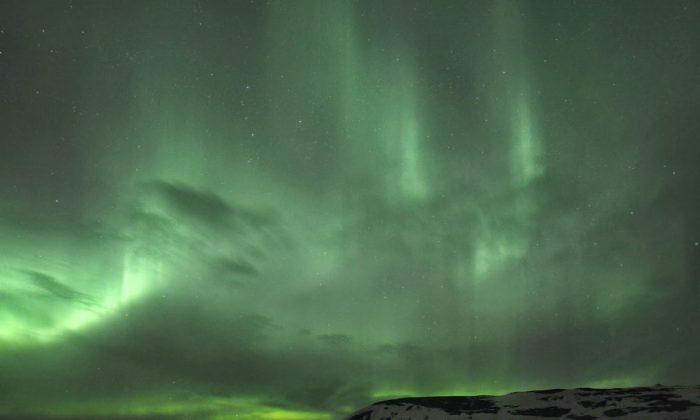
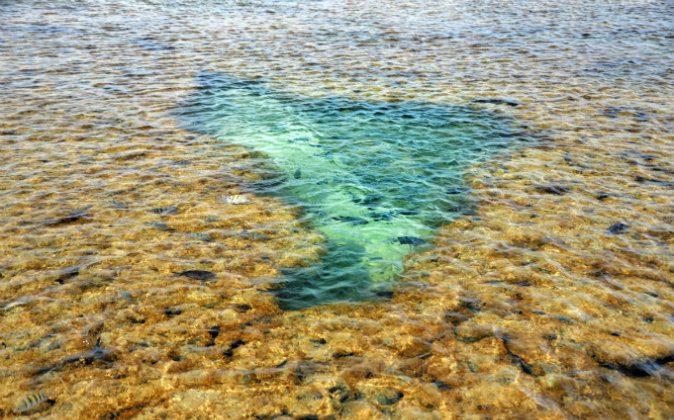
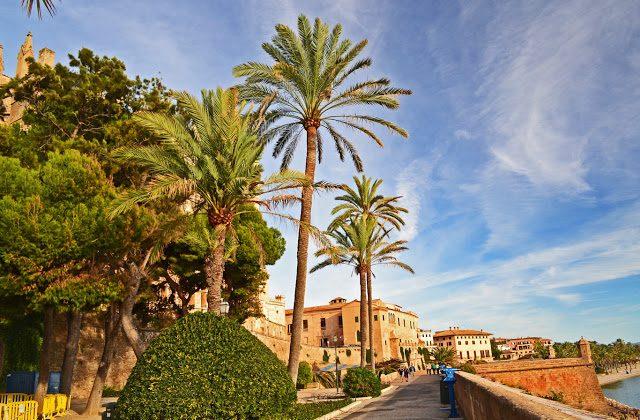
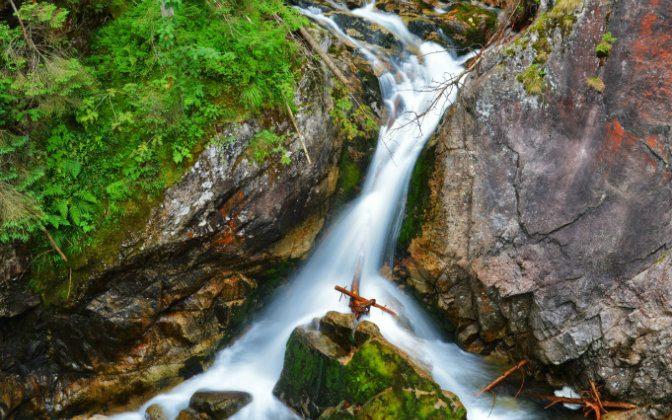
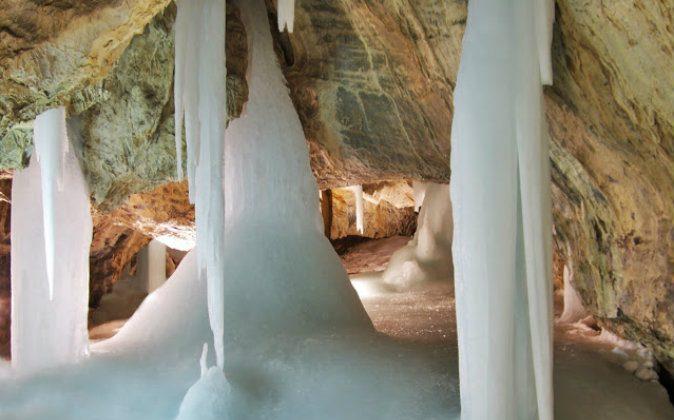
Friends Read Free